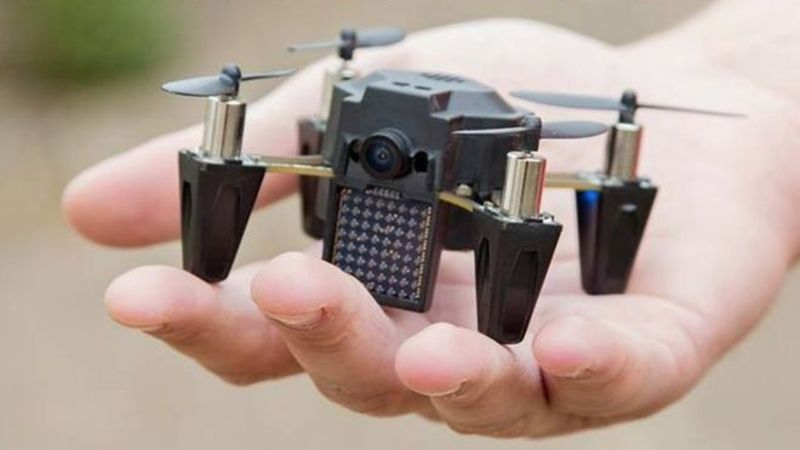
At Bolt we see lots of pitches from first time hardware founders. If you’ve not brought a hardware product to market before, there is unfortunately a lot you don’t know that you don’t know. We frequently see founders trip up in a few key ways:
1. Assuming hundreds of thousands of dollars of pre-orders matters to institutional investors.
Your first few rounds of funding will be raised on a story of potential, not traction. The word “traction” means a very different thing to an institutional investor managing $100+ million dollars, working to return their fund 3–5x. Over the last few years, the bar has been raised: A multi-million dollar pre-sales campaign can get investors excited. A few hundred thousand dollars? Not as much.
When fundraising in the early days of shipping, it’s usually better to focus on customer metrics than revenue and margin. Talk about net promoter score (NPS), return rates, and customer satisfaction. Focus on unit economics and how they’re improving over time. This is the foundation for a business investors can pour money into to grow.
2. Treating contract manufacturers like service providers,
Factory owners are highly cognizant of opportunity cost. The best contract manufacturers are not, in fact, dying to take your order. Stable orders from a large company are always more attractive than working with startups.
Pitch contract manufacturers with just as much care as you would any VC. Since you likely can’t lure them with high volumes, many factories are looking to broaden their product portfolio and capabilities. For example, the toy industry has struggled in recent years and many toy manufacturers in and around Shenzhen are interested in getting into consumer electronics. Generally the better the factory, the more discerning they are. Visit them regularly and build a real relationship. How can you help each other grow?
3. Not having a handle on cashflow
Inventory creates complex cashflow issues for hardware startups. It’s not unusual to pay 50% upfront and 50% on delivery with a contract manufacturer. It’s also not unusual for a retailer to issue a purchase order with 90 day payment terms. This means many hardware startups are fronting cash for 3–6 months of inventory, all paid for by equity. Equity investors HATE paying for inventory. They’d far rather have their money spent on something that actually increases the value of the business, like hiring great people.
Know what unit volumes unlock better factory financing. Getting access to net 30 or net 90 day terms with a contract manufacturer is transformational. On top of this, many founders are unaware of all the dynamics of retail. Do you understand sell-in vs sell-through? Program costs? Factoring? Who pays for returns?
4. Spending crowdfunding dollars on product development
Kickstarter and Indiegogo serve a valuable place in the hardware funding ecosystem but pre-sales are closer to debt than equity. Every dollar you “raise” must be repaid with product. Because pre-sales are often the first money a young company brings in, it often gets confused with equity financing. You even hear it in the way founders talk: “we raised $1M on Kickstarter.” In reality you haven’t raised any money at all, you’ve pre-sold product.
Because it’s highly unlikely you’ll make money off your first few thousand units, only crowdfund once you’ve completed product development enough to know your BOM, COGS, fixed costs, and distribution margin. If you don’t, you risk a hoard of angry backers at your door with pitchforks.
5. Spending time and money on patents pre-institutional funding
We talk to many hardware founders focused on intellectual property in the early days. If you haven’t raised money from institutional investors yet this is usually a waste of time and money. By the time patents are issued the market opportunity and business often don’t exist anymore. Or, the product has changed enough that your initial claims don’t apply. Usually the only time utility patents become useful is during an acquisition (they’re an intangible you can negotiate with for more $$) or if you’re super successful and large enough to finance litigation. Then you can actually afford the millions of dollars and years spent suing someone.
Prior to raising institutional financing, founders are almost always better off spending the average $35K+/patent and 3+ years until issue on marketing, staff, or manufacturing.
6. Not allocating enough money for marketing in your first institutional raise
Just like product development, figuring out a winning customer acquisition strategy is iterative. Founders are often so focused on getting first units out the door that almost all of their seed round has goes towards engineering hires. Marketing or distribution hires focused on customer acquisition and scale are often overlooked. Budget to hire a great sales/channel distribution person as part of your first institutional raise. This is more important than having a full stack engineering team in house.
7. Not targeting enough runway between seed and series A
The transition between seed and series A is the valley of death for hardware startups. While pre-revenue startups raise money on stories of limitless potential, post-revenue startups need to tell stories of revenue growth, high margins, and traction. They need data to back up their claims. Few hardware startups have this kind of data in the early days of shipping.
There’s no easy fix but there are a few things you can do to be prepared for this transition. Some companies can raise follow-on rounds of funding solely on the FOMO their fundraising story creates. For most hardware founders however, traction is currency and most don’t survive the transition from what could be to what is.
Bolt invests at the intersection of the digital and physical world.